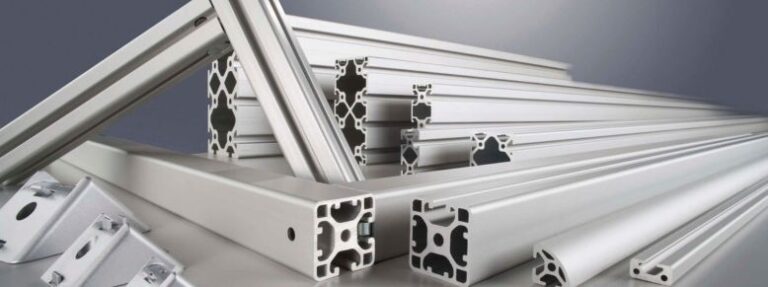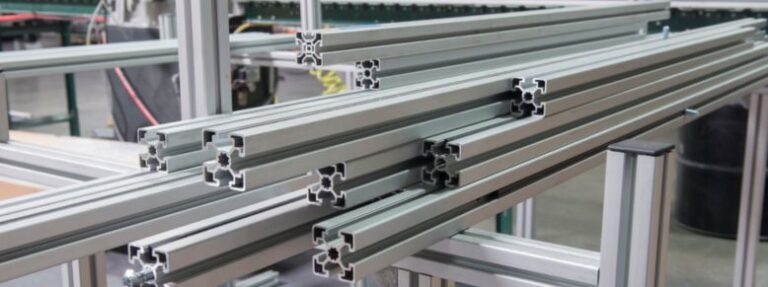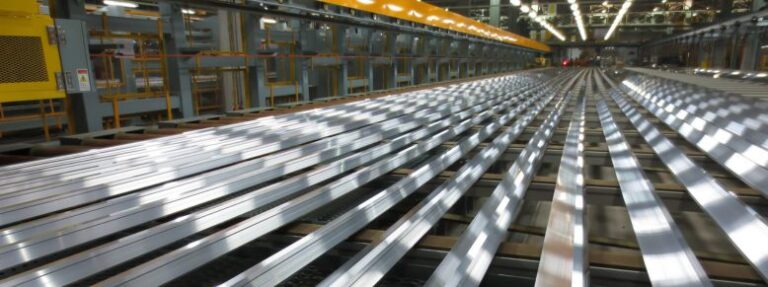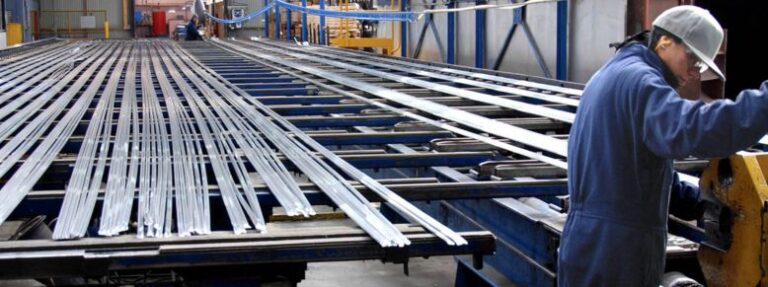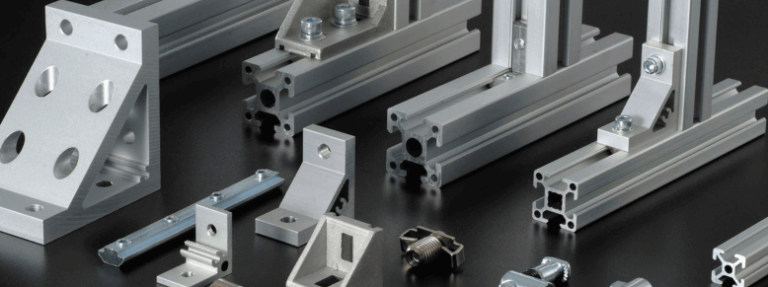Over the years, the aluminium industry has been transformed in every aspect due to the updated technology that has changed the production process. These innovations have not only increased the efficiency but also the quality of aluminium products, both international and Indian. This article focuses on the top 10 technological advances and features influencing aluminium production and the future of the field.
- Enhanced Energy Efficiency
Reduced energy consumption may, therefore, be considered as one of the most important effects of technological progress in aluminium making. Technological advancements and modernisation in smelting and equipment have helped contain energy utilisation in the production of aluminium products in India and other nations.
Smooth-running electrolysis cells and enhanced anode design have enabled enormous minimisation of electricity consumption during the smelting process. This not only results in lower production costs but also has a reduced negative impact on the environment in aluminium works. Therefore, extruded aluminium products manufacturing companies can now create high-value materials using far less energy than in the past, which makes the sector more ecological.
- Automation and robotics
The implementation of automation and robotics in the manufacturing of aluminium is seen to have greatly enhanced the manufacturing process, as seen below. Virtually all forms of the production process, including supply of raw materials, operations, assembly, testing, and inspection, have been mechanised.
Automated robotic arms and AGVs are incorporated in most aluminium manufacturing facilities of the current generation since they significantly enhance the movement of the materials from one place to the other to minimise human interference. This technology lets extruded aluminium product manufacturers display high levels of production quality without the need to significantly increase their labour costs and improve the safety of their workers. This has made the manufacturing line more efficient in producing more aluminium products to cater to the increase in demand in India and other regions.
- Advanced Alloy Development
Technological advancements have paved the way for the development of new and improved aluminium alloys with enhanced properties. These innovations have expanded the range of applications for aluminium products, opening up new markets and opportunities for manufacturers.
Through computer modelling and simulation, metallurgists can now predict and fine-tune alloy compositions to achieve specific performance characteristics. This has led to the creation of stronger, lighter, and more corrosion-resistant alloys that meet the evolving needs of industries such as aerospace, automotive, and construction. As a result, extruded aluminium product manufacturers can offer a wider variety of high-performance materials tailored to specific customer requirements.
- Improved Recycling Technologies
The aluminium industry has made significant strides in recycling technologies, driven by the need for sustainability and resource conservation. Advanced sorting and processing techniques have made it possible to recycle a wider range of aluminium products more efficiently.
Modern recycling facilities use advanced sensors and artificial intelligence to sort different types of aluminium scrap, ensuring higher purity levels in recycled materials. This technology has enabled the production of high-quality recycled aluminium that meets the stringent standards required for various applications. As a result, aluminium products in India and worldwide now incorporate a higher percentage of recycled content, reducing the industry’s environmental impact and conserving valuable resources.
- Digital Twin Technology
The adoption of digital twin technology has transformed the way aluminium production facilities are designed, operated, and maintained. This innovative approach creates virtual replicas of physical assets, allowing manufacturers to simulate and optimise production processes in a risk-free digital environment.
By leveraging digital twins, extruded aluminium products manufacturers can identify potential bottlenecks, test process improvements, and predict maintenance needs before they occur. This proactive approach leads to increased uptime, reduced operational costs, and improved product quality. The technology also facilitates remote monitoring and control of production processes, enabling more efficient management of aluminium facilities.
- Advanced Extrusion Techniques
Technological advancements have significantly improved extrusion processes, allowing for the production of more complex and precise aluminium profiles. Computer-controlled extrusion presses and advanced die design software have revolutionised the capabilities of extruded aluminium product manufacturers.
These innovations enable the production of profiles with tighter tolerances, intricate shapes, and improved surface finishes.
- Nanotechnology Applications
The integration of nanotechnology in aluminium production has opened up new possibilities for enhancing material properties and developing innovative products. By manipulating materials at the nanoscale, researchers and manufacturers can create aluminium alloys with unprecedented strength, lightness, and functionality.
Nanostructured aluminium composites, for example, exhibit superior mechanical properties compared to traditional alloys. These advancements have led to the development of high-performance aluminium products for applications in aerospace, defence, and other cutting-edge industries.
- 3D printing and additive manufacturing
The advent of 3D printing and additive manufacturing technologies has introduced new possibilities in aluminium product design and production. These techniques allow for the creation of complex geometries and internal structures that were previously impossible or impractical to manufacture using traditional methods.
Extruded aluminium product manufacturers are now exploring ways to integrate 3D printing into their production processes, particularly for prototyping and small-batch production.
- Advanced Quality Control Systems
Technological advancements have revolutionised quality control processes in aluminium production, ensuring higher standards of consistency and reliability. State-of-the-art inspection systems, including X-ray and ultrasonic technologies, allow for non-destructive testing of aluminium products throughout the manufacturing process.
These advanced quality control systems enable manufacturers to detect defects and inconsistencies with unprecedented accuracy, ensuring that only the highest quality products reach the market.
- Sustainable Production Practices
Technological advancements have played a crucial role in promoting sustainable production practices within the aluminium industry. From energy-efficient smelting processes to water conservation techniques, modern technologies are helping manufacturers reduce their environmental footprint.
Advanced waste heat recovery systems, for instance, capture and repurpose thermal energy from production processes, improving overall energy efficiency.
ConclusionThe future of aluminium production looks bright, with ongoing research and development promising even more exciting advancements. As the extruded aluminium products manufacturer continues to evolve, it will play a crucial role in meeting the growing global demand for lightweight, durable, and sustainable materials across various sectors. By staying at the forefront of technological innovation, the aluminium industry is well-positioned to address future challenges and capitalise on new opportunities in an ever-changing global market.


